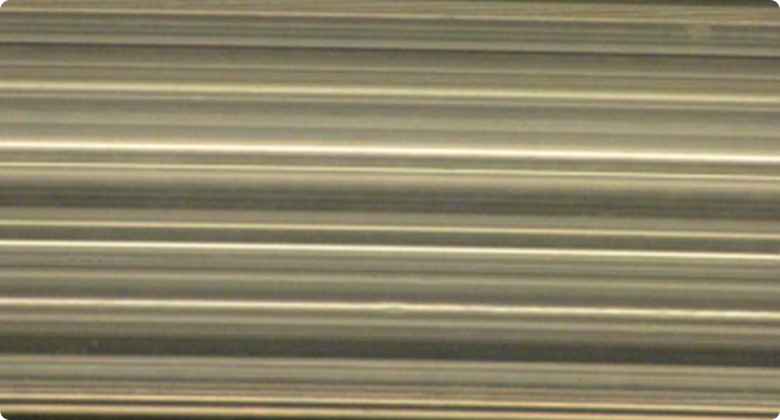Business
What is Ionization?
The Air Ionization System is the most excellent method for removing static electricity present on insulators. The Air Ionizer (ion generator) used for this purpose releases both positive and negative ions into the air. These ions encounter the opposite polarity ions on the surfaces of objects, neutralizing the static electricity and eliminating it.
To ionize the air, the process of Corona Discharge is employed. The Ionizer features pointed metal needles, and applying a high voltage to these needles creates a strong electric field around them. This electric field induces the surrounding air molecules to discharge as either positive or negative ions. In other words, air molecules near the metal electrode gain electrons, becoming negatively charged, while those losing electrons become positively charged. This results in the creation of ionized air.
The sole method for removing static electricity present on surfaces of insulating materials such as plastic, glass, rubber, ceramic, etc., is through the use of an Air Ionizer.
To ionize the air, the process of Corona Discharge is employed. The Ionizer features pointed metal needles, and applying a high voltage to these needles creates a strong electric field around them. This electric field induces the surrounding air molecules to discharge as either positive or negative ions. In other words, air molecules near the metal electrode gain electrons, becoming negatively charged, while those losing electrons become positively charged. This results in the creation of ionized air.
The sole method for removing static electricity present on surfaces of insulating materials such as plastic, glass, rubber, ceramic, etc., is through the use of an Air Ionizer.
The Ionization System is the sole technology capable of reducing particles to zero.
Recently, the FDA and EU GMP have strengthened the standards for Contamination Control Strategy (CCS), not only in microbial contamination management but also in particle control standards.
Materials such as PE and PP commonly used in existing production processes generate a significant amount of static electricity. Static electricity is a fundamental cause of particle contamination in the pharmaceutical and biopharmaceutical manufacturing processes.
Therefore, addressing particle removal can help overcome the challenges associated with particle management in these processes.
Ionization systems are predominantly employed in various spaces and production processes, including classrooms, pass rooms, washing rooms, and handling areas.
These systems effectively remove a substantial amount of dust and particles, addressing the difficulties in particle particle management.
Materials such as PE and PP commonly used in existing production processes generate a significant amount of static electricity. Static electricity is a fundamental cause of particle contamination in the pharmaceutical and biopharmaceutical manufacturing processes.
Therefore, addressing particle removal can help overcome the challenges associated with particle management in these processes.
Ionization systems are predominantly employed in various spaces and production processes, including classrooms, pass rooms, washing rooms, and handling areas.
These systems effectively remove a substantial amount of dust and particles, addressing the difficulties in particle particle management.

Catheter Manufactured Without Ionization

Catheter Manufactured With Ionization
